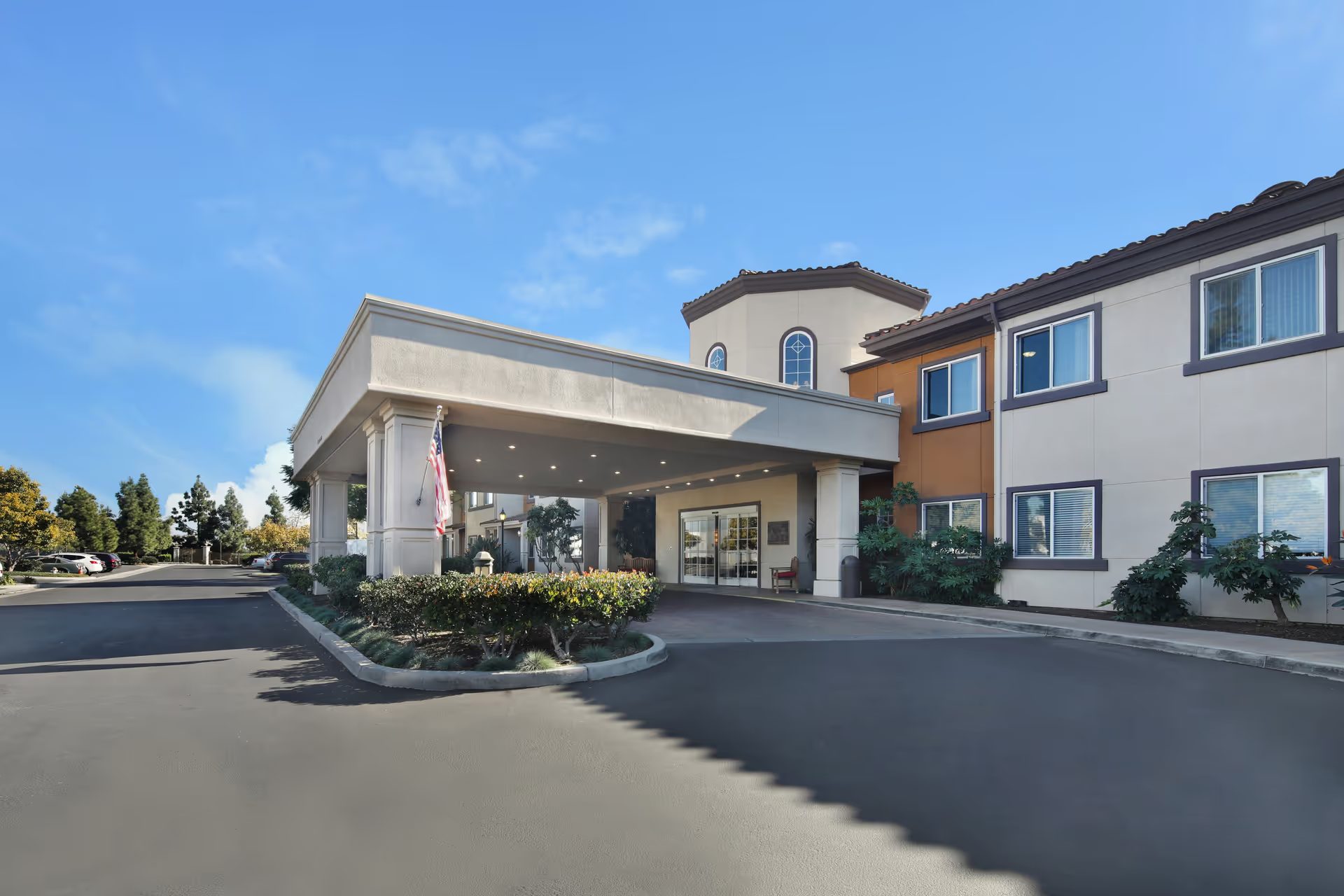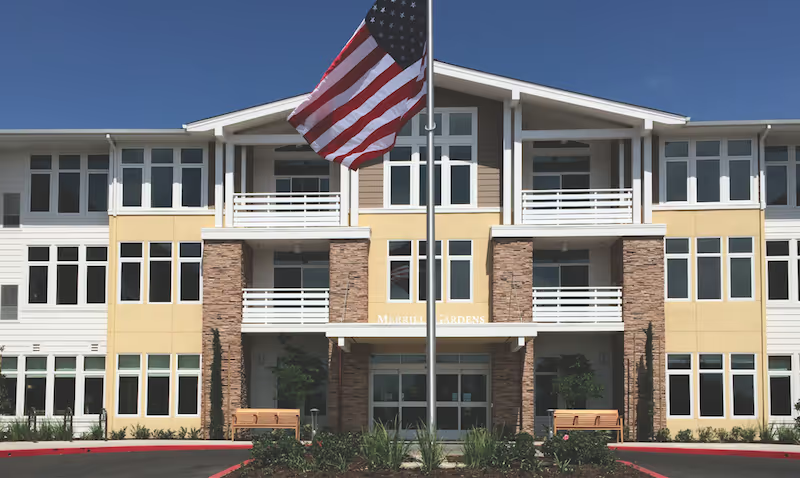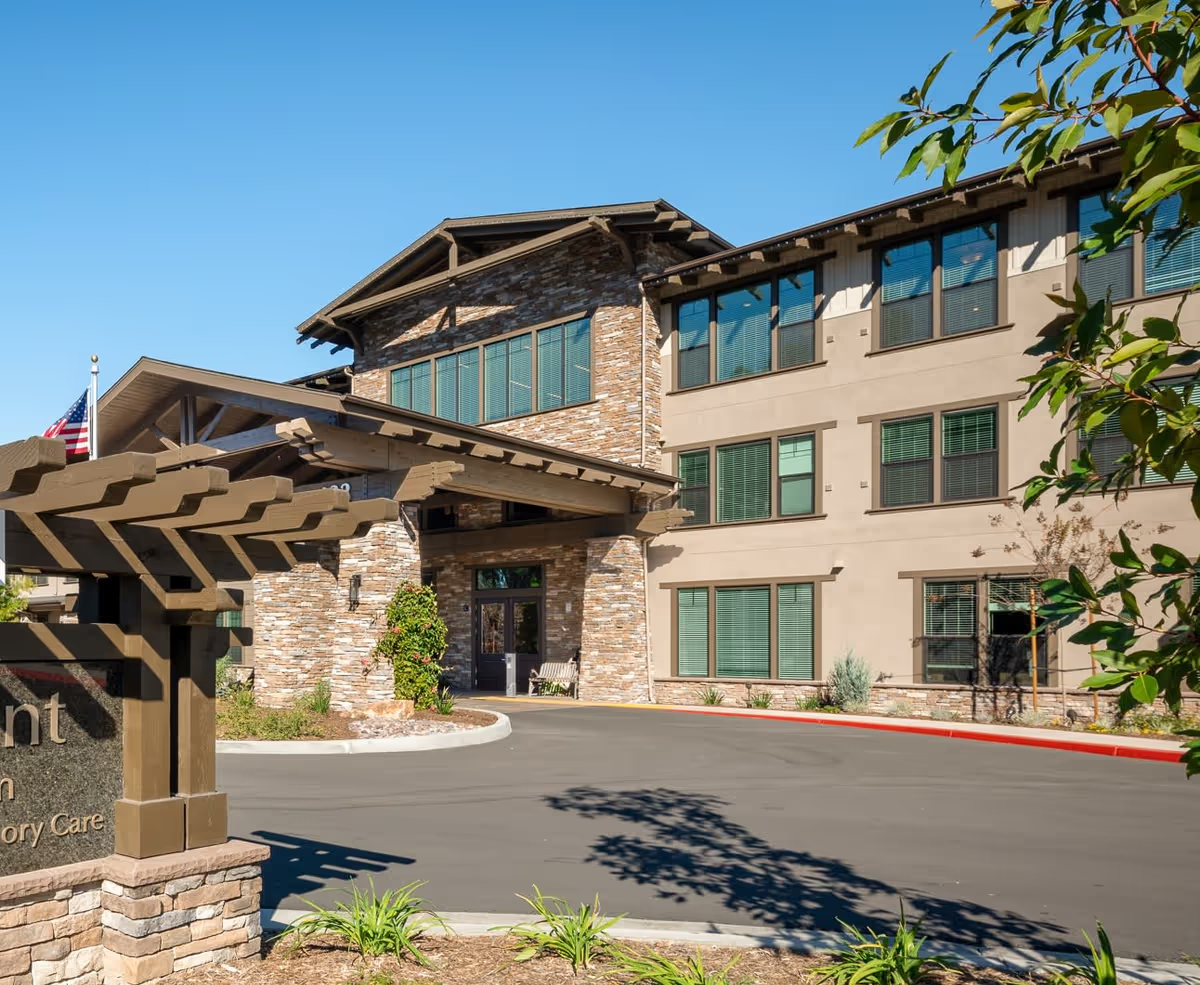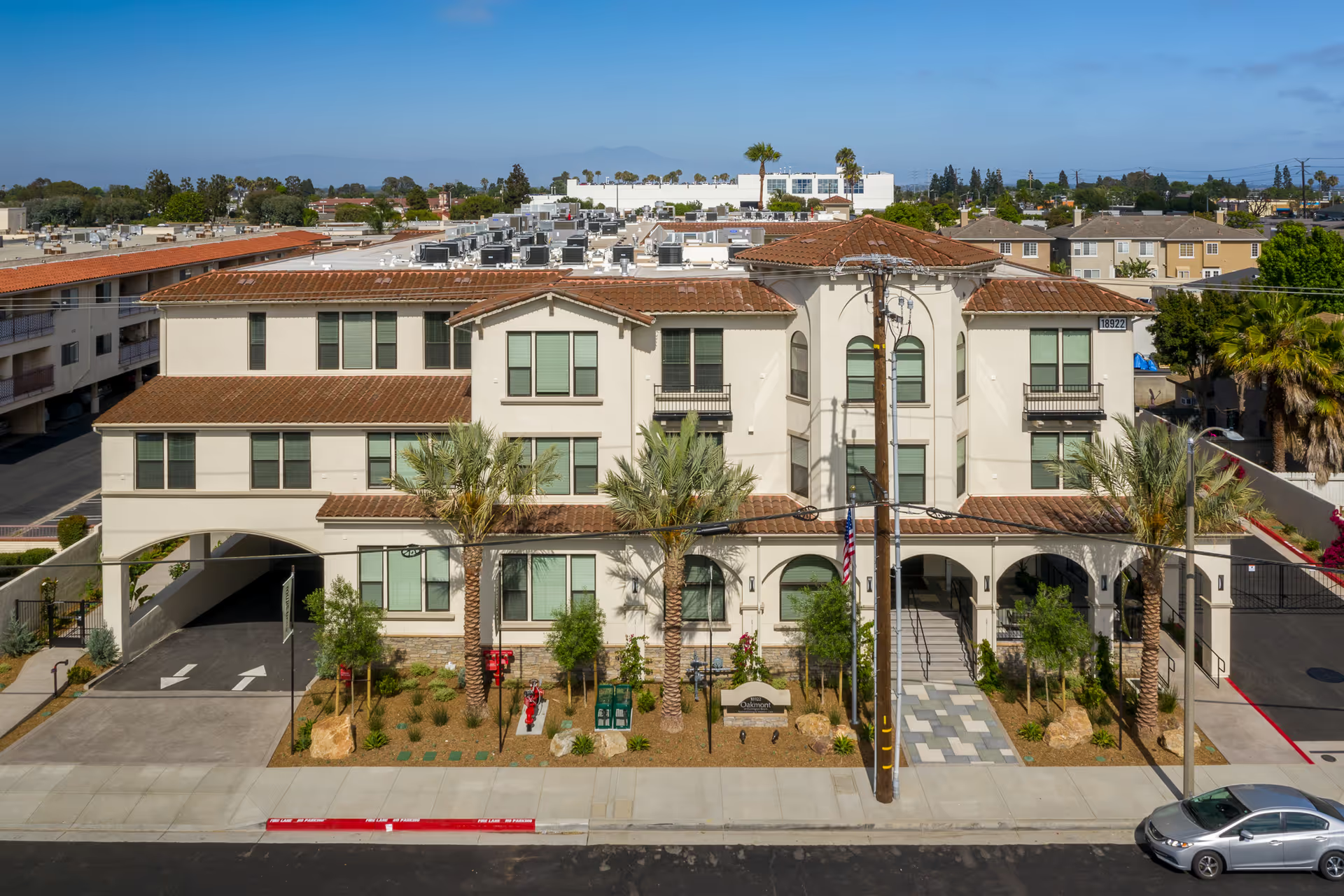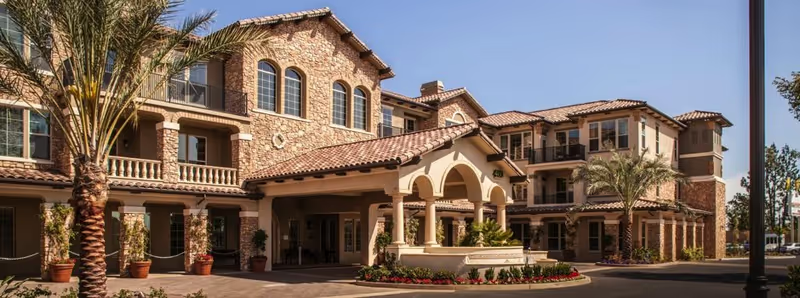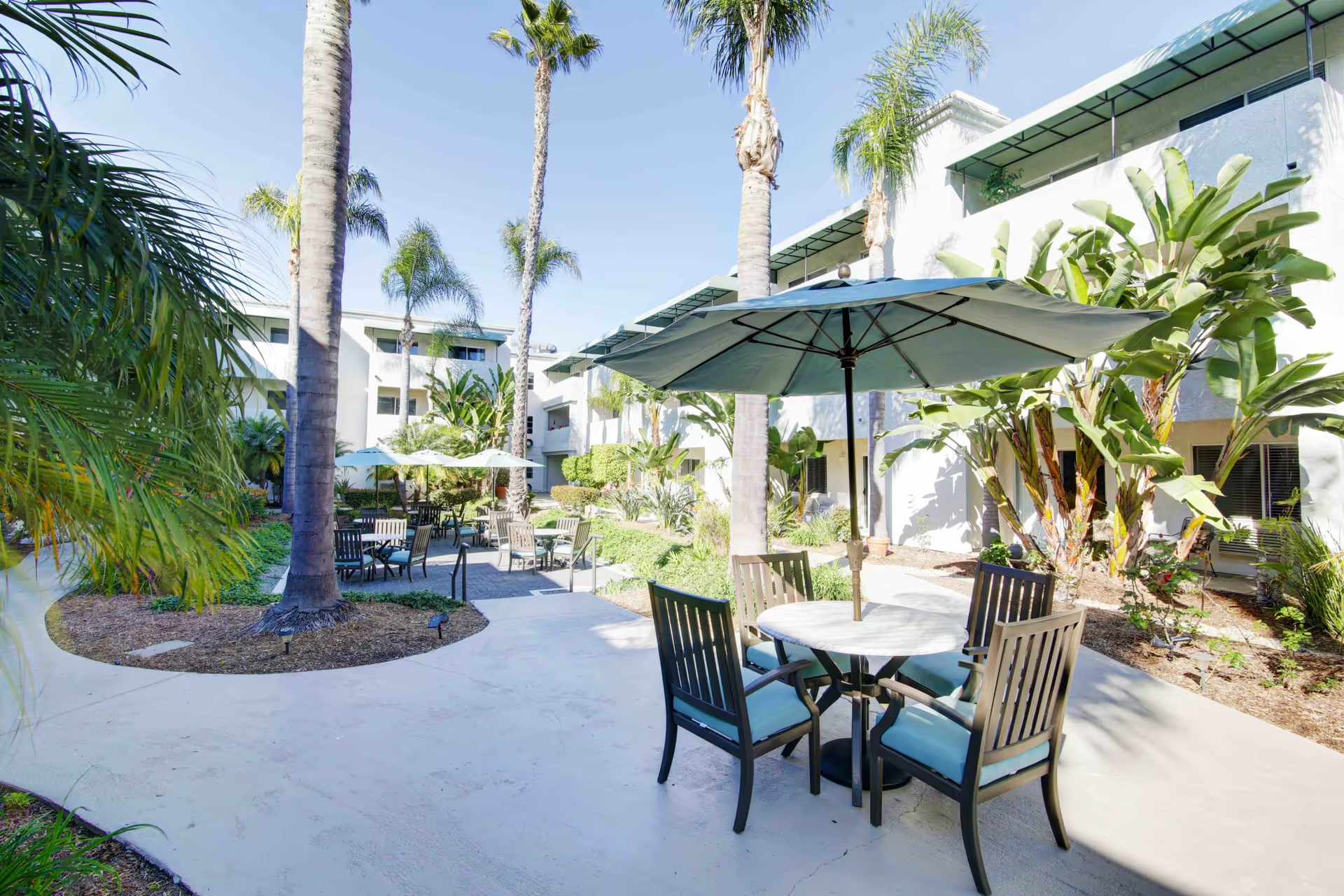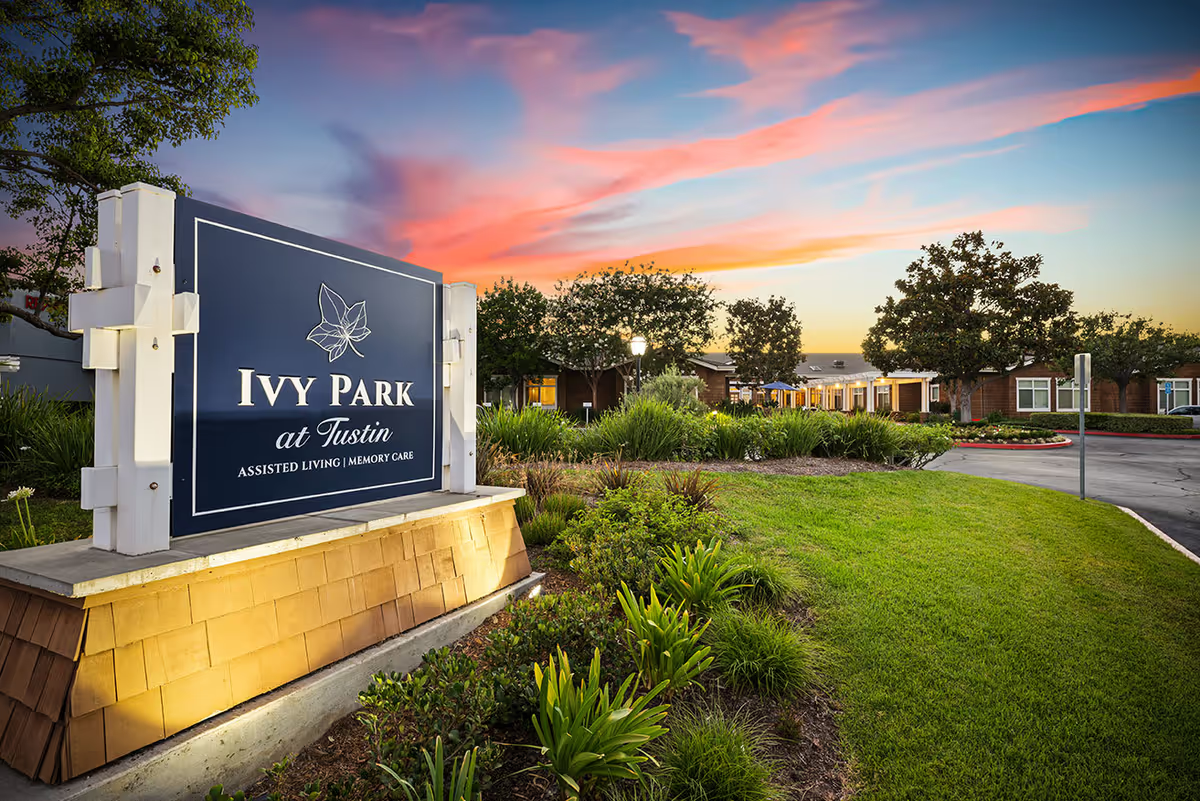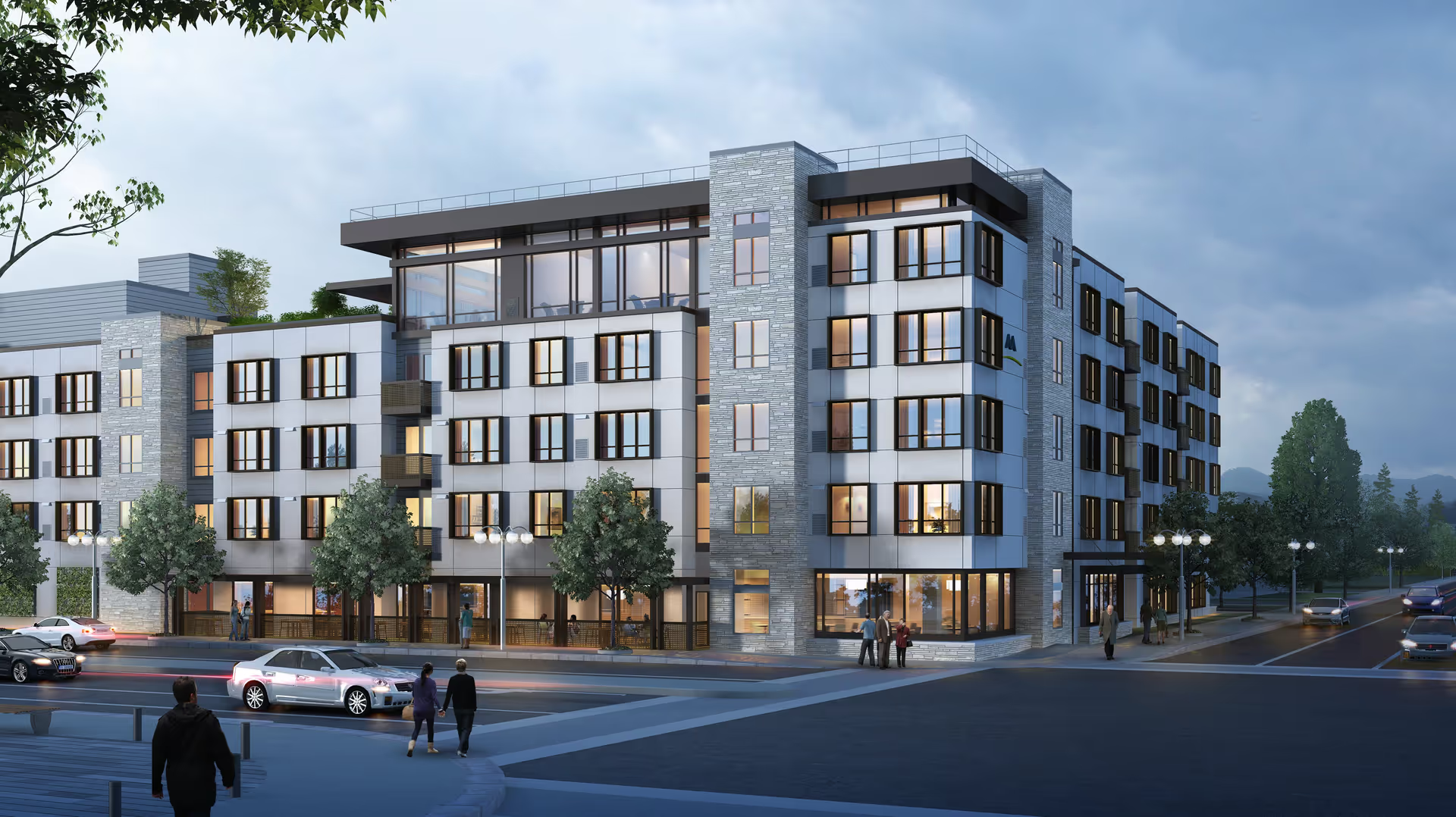Overall sentiment across the review summaries is predominantly positive about the day-to-day care environment and the demeanor of the caregiving team, but there are notable operational and safety concerns that family members flagged.
Care quality and staff: Multiple reviewers emphasize that staff are kind, caring, and attentive. Families reported that loved ones were comfortable and content soon after admission, with some explicitly saying they were happy to have found the home. Staff are also credited with working well with outside providers — one reviewer called out good coordination with hospice — and with supporting family communication by facilitating phone calls for residents. That combination suggests strong interpersonal skills and a focus on resident dignity and connection.
Facilities and cleanliness: The home is repeatedly described as neat, clean, and cozy, indicating a comfortable, home-like physical environment that supports resident satisfaction. These comments imply that housekeeping and general upkeep are strengths of the facility.
Management, communication, and coordination: Communication is a mixed picture. Several reviews note good communication with staff and effective coordination with hospice, but at least one review explicitly reports poor communication around a resident relocation. This inconsistency is important: while routine interactions and medically-oriented coordination appear to be handled well, critical administrative communications (such as moves or transitions) may not be reliably managed. Families should expect generally good day-to-day dialogue but may want to confirm relocation and transition plans in writing and follow up proactively.
Safety and incident concerns: A serious concern raised in the reviews is an allegation of staff carelessness that resulted in an injury. This is a substantive safety and quality-of-care issue that contrasts with the otherwise favorable impressions of staff kindness and attentiveness. Prospective families should ask management about incident reporting, staff training, supervision, and how the facility investigates and responds to injuries or lapses in care.
Noise and environment disruptions: Construction noise close to residents' rooms was specifically mentioned as a problem, with the additional note that closing doors did not sufficiently reduce the disturbance. This suggests either particularly loud work adjacent to occupied areas or inadequate sound mitigation in the facility layout. Families sensitive to noise or whose loved ones require restful environments should inquire about the timing, duration, and location of ongoing construction and what measures the facility will take to minimize disruption.
Dining and activities: The reviewers did not provide information about dining quality or activity programming. Absence of comments is not an endorsement or criticism, but it does mean families should request details and sample menus or activity schedules if these are important decision factors.
Overall recommendation and patterns: Many reviewers explicitly recommended the home and praised how staff treated their relatives, particularly in supporting contact with family and working with hospice. However, the presence of specific negative reports — poor relocation communication, an alleged injury due to staff carelessness, and disruptive construction noise — creates a mixed picture where strengths in daily caregiving and environment coexist with operational and safety risks. Prospective residents and families should weigh the strong interpersonal care and cleanliness against the reported lapses by asking targeted questions about incident handling, communication protocols for transitions, and current construction plans before committing.
